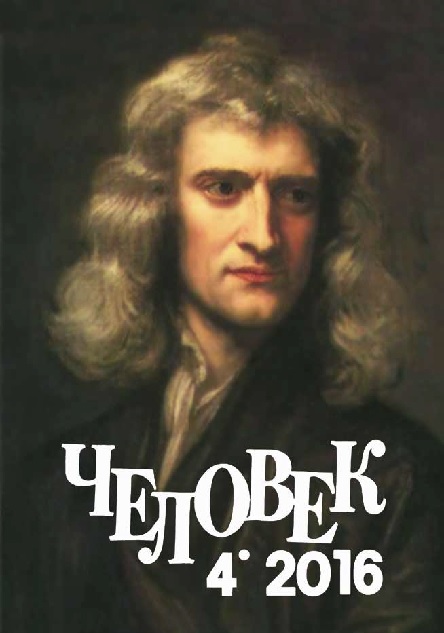Тема "не своей" смерти в русской этнографии и литературе романтизма
Ключевые слова:
романтизм, реализм, Жуковский, Пушкин, Гоголь, городской фольклор, заложные, быличка, бывальщинаАннотация
В статье предлагается рассмотреть фольклорные мотивы и образы в творчестве В.А. Жуковского, А.С. Пушкина и Н.В. Гоголя в свете восточнославянских представлений о доле, “не своей” смерти и “заложных” (термин введен этнографом Д.К. Зелениным) покойниках. Согласно этнографически данным, эти представления вызвали к жизни образы русской низшей мифологии (русалки, леший, мары, кикиморы и т. п.). Как известно, обращение к народному сознанию - важная часть общеевропейского романтического проекта. В русской литературе народные представления и фольклорные образы получают довольно точное, иногда этнографически достоверное, выражение. Пласт традиционной крестьянской культуры в России первой половины XIX века еще сохранялся как целое и мог восприниматься “высокой” культурой непосредственно. Предложенный ракурс позволяет понять, почему своеобразие русского романтизма состоит в его гораздо более тесной, чем в западноевропейской литературе, связи с народным сознанием.






